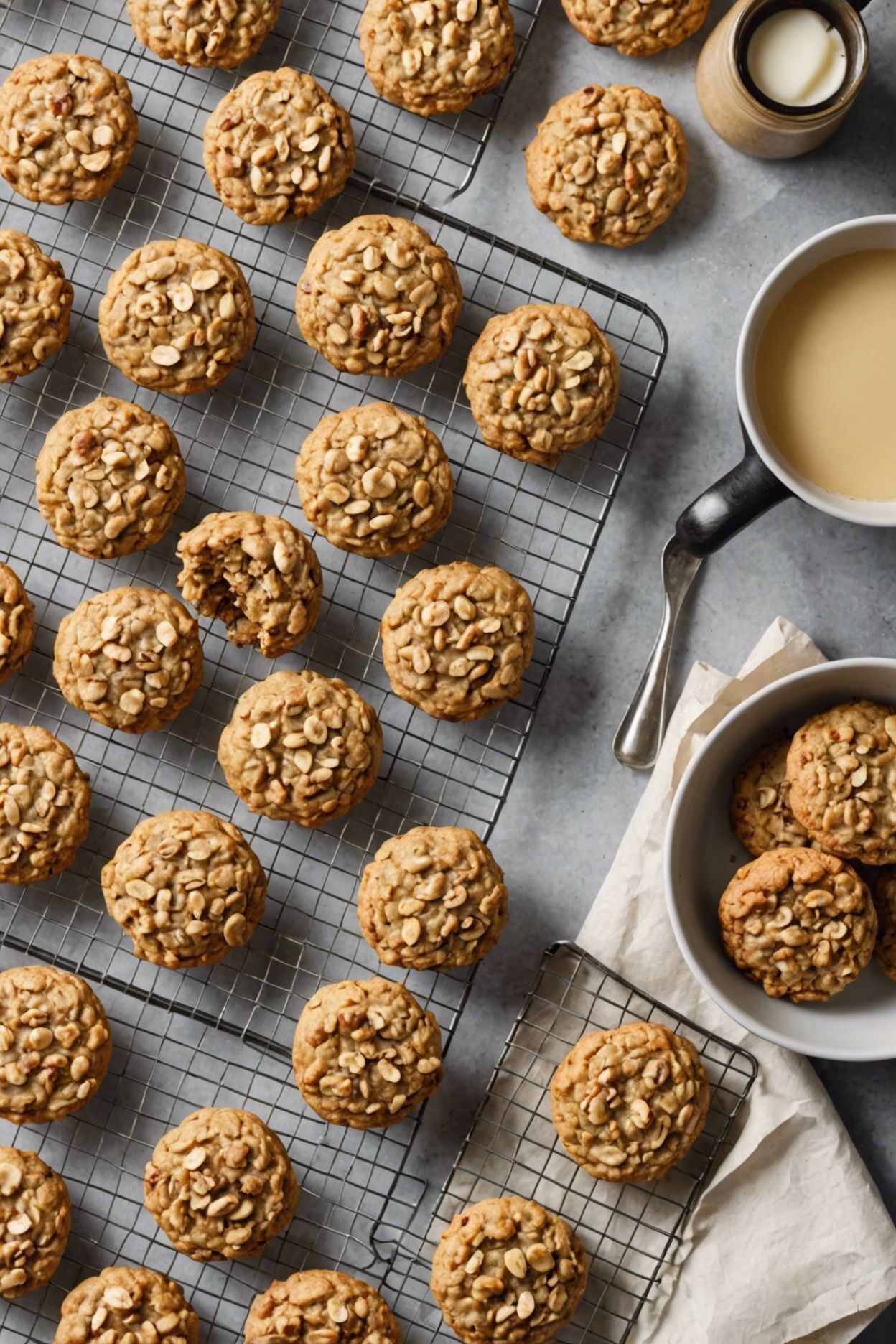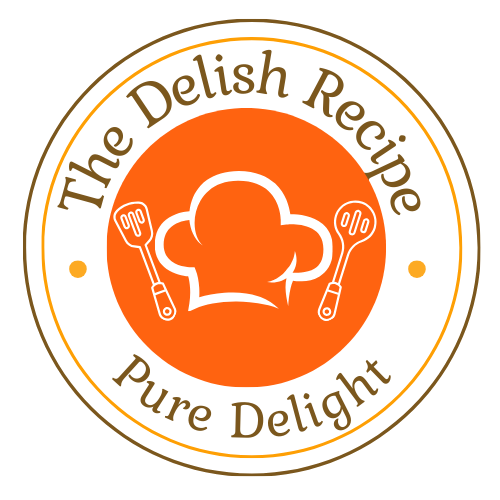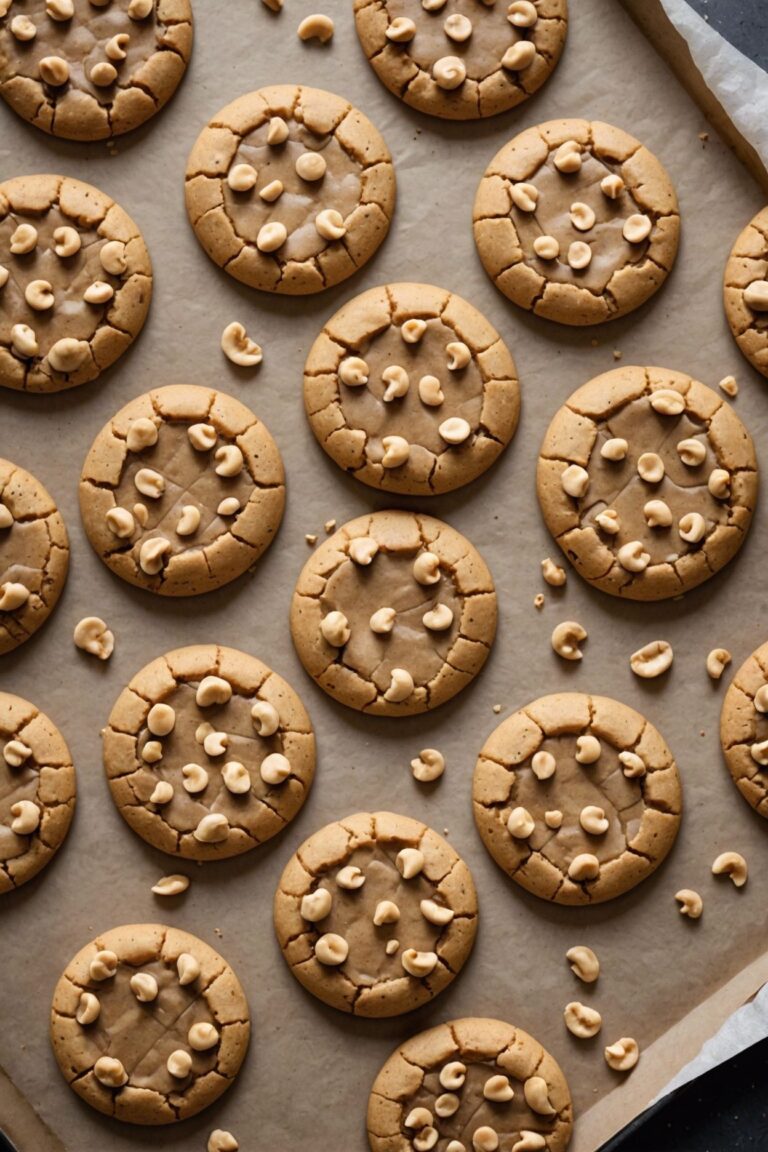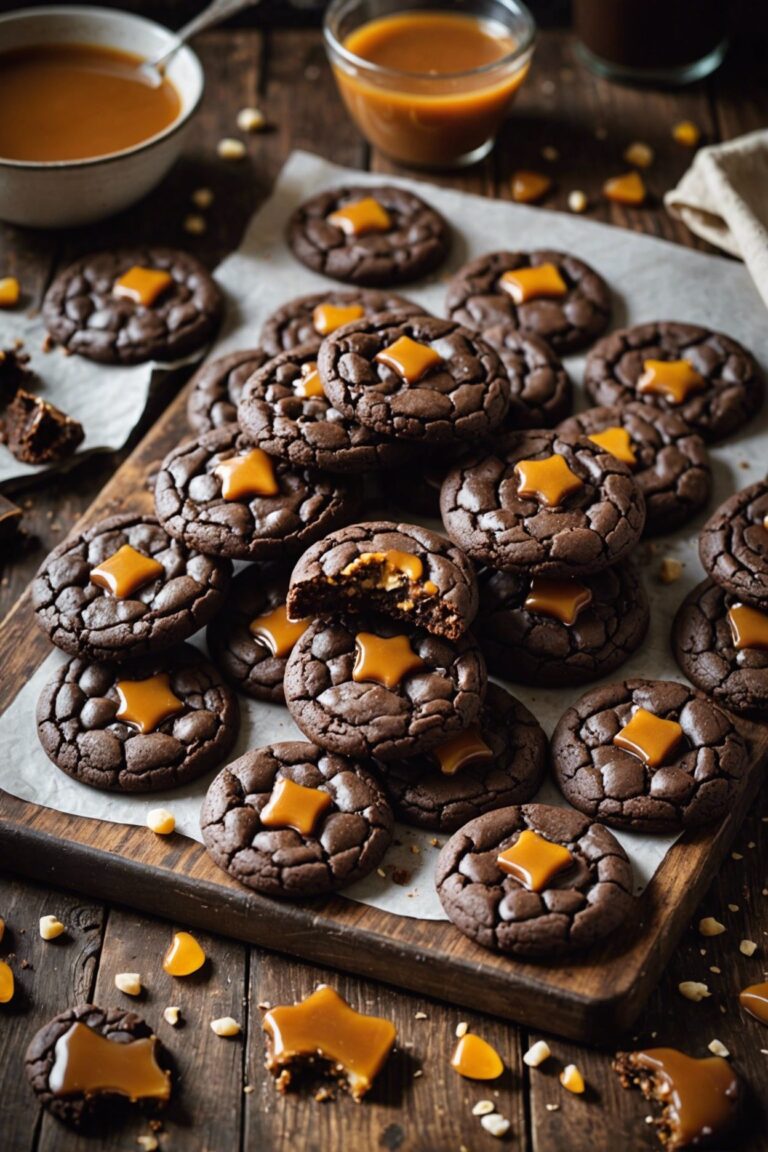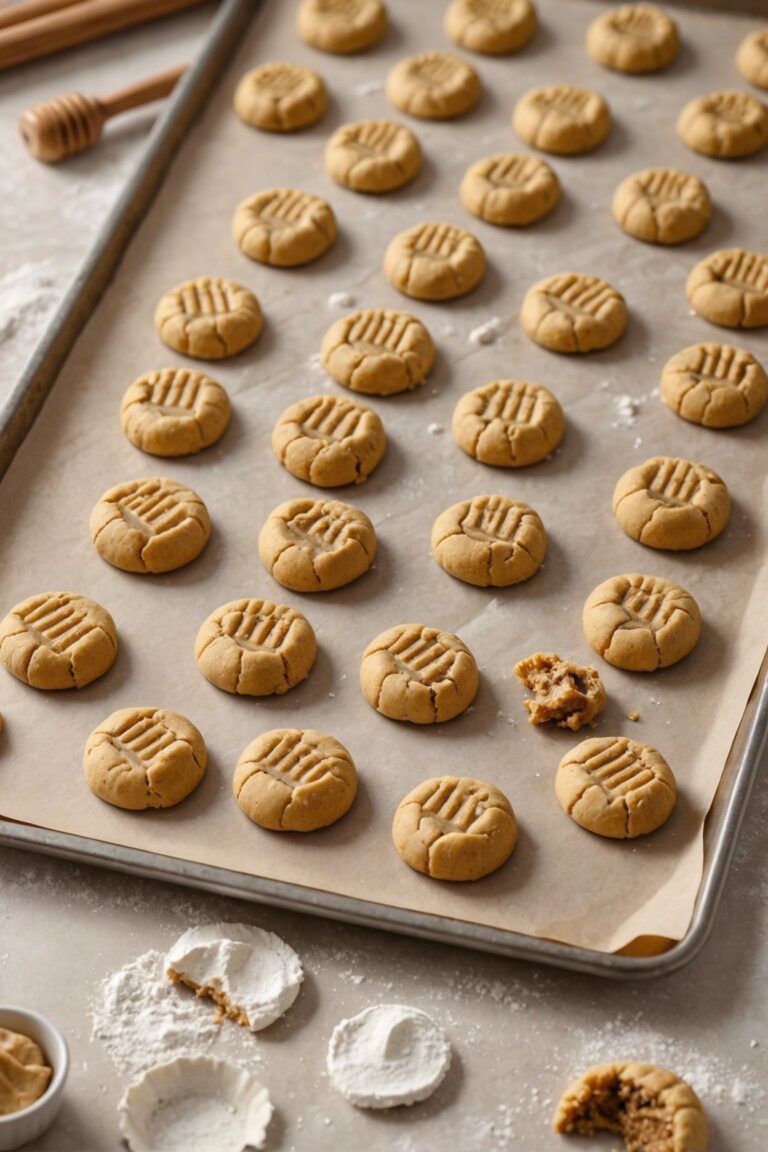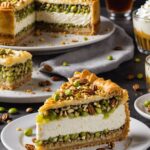My New Cookbook is Out! Check Out Now!
Excellent Oatmeal Cookies
A warm and chewy classic, these Excellent Oatmeal Cookies are a delight to sink your teeth into. With a perfect blend of rolled oats, sweet brown sugar, and a hint of vanilla, these soft-baked treats are sure to become a family favorite.
So go ahead, grab a glass of cold milk and get cozy!
Ready Time
1 hrs
Yields
10 servings
Ingredients
- 2 1/4 cups all-purpose flour
- 1 cup rolled oats
- 1 cup packed brown sugar
- 1/2 cup granulated sugar
- 1/2 cup unsalted butter, softened
- 2 large eggs
- 2 teaspoons vanilla extract
- 1 1/2 teaspoons baking soda
- 1/4 teaspoon salt
- 1 cup chopped walnuts (optional)
Instructions
Preheat your oven to 375°F (190°C) and line a baking sheet with parchment paper.
In a medium-sized bowl, whisk together the flour, oats, baking soda, and salt.
Set it aside for now.
In a large bowl, use an electric mixer to cream together the brown sugar and granulated sugar until light and fluffy.
Add in that softened butter and beat until well combined.
Beat in those eggs one at a time, making sure each one is fully incorporated before adding the next.
Beat in the vanilla extract.
Gradually mix in the dry ingredients (that flour mixture you set aside) until just combined, being careful not to overmix.
If you’re feeling fancy, fold in those chopped walnuts.
Scoop tablespoon-sized balls of dough onto the prepared baking sheet, leaving about 2 inches of space between each cookie.
Bake for 10-12 minutes, or until the edges are lightly golden.
Remove from the oven and let those babies cool on the baking sheet for 5 minutes before transferring them to a wire rack to cool completely.
You should end up with around 10 delicious cookies!
Notes
For an extra crispy exterior and chewy interior, make sure to not overbake these cookies. Try to use old-fashioned oats instead of rolled oats for a nuttier flavor and denser texture.
If you’re not a fan of walnuts, feel free to substitute with your favorite nuts or even dried cranberries for a fruity twist.
To ensure soft and chewy cookies, take them out of the oven when they’re lightly golden, even if it’s before the 10-12 minute mark. These cookies freeze beautifully, so feel free to scoop and freeze the dough balls, then bake frozen cookies for an extra 2-3 minutes.
Nutrional Value
- Calories: 220
- Total Fat: 9g
- Saturated Fat: 3.5g
- Cholesterol: 20mg
- Sodium: 100mg
- Total Carbohydrates: 34g
- Dietary Fiber: 2g
- Sugars: 18g
- Protein: 2g
